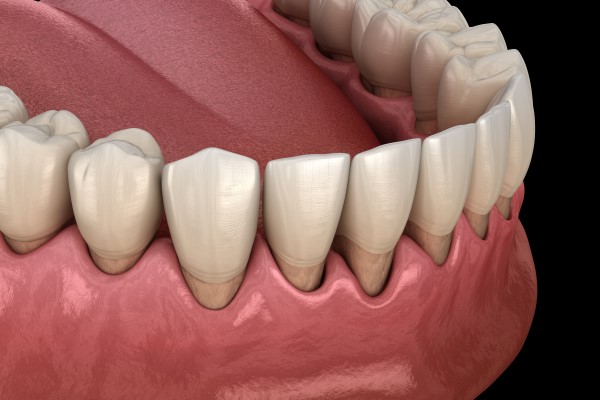How Treating Gum Disease Can Improve Your Smile

Gum disease or periodontitis begins when there is plaque accumulation on your teeth. Your oral health will start to deteriorate at the onset of periodontitis. This will affect your smile in a negative way. If you want to know how treating your gum disease can help improve your smile, here are the facts.
Root planing and scaling
Battling gum disease involves some elaborate in-office procedures. One of them is root planing, combined with scaling. A collective term for these treatments is deep cleaning. The dentist will use an ultrasound and manual scalers to remove plaque and tartar. Most patients need local anesthesia before having this treatment.
The patient must tell the dentist about medications they are taking before the deep cleaning procedure. Some of them might increase the patient’s risk of bleeding. Brushing and flossing daily keep teeth and gums healthy. Routine deep cleaning can prevent the worsening of gum disease. The absence of plaque and tartar results in a bright smile.
Pocket reduction
This procedure reduces the size of gum pockets. Some people have loose teeth. The gums do not hug their teeth anymore after deep cleaning. Keeping these areas of the gums clean may be challenging for some people. People in this situation are candidates for a flap surgery or pocket reduction procedure.
In this procedure, the dentist folds back the gum tissue to remove the bacteria. The dentist will smoothen the damaged bone. This will make the gums reattach to the healthy bone and hug the teeth better. This will make the person’s smile brighter and more stable as well.
Laser periodontal therapy
Good candidates for this treatment can expect promising outcomes. This may be a new therapy, but its benefits are evident. The laser enables the dentist to target the gum disease with accuracy. It is also a less invasive method with shorter downtime. The patient could then return to normal activities and show off a healthier smile.
Gum grafting
Gum disease can also result in gum recession. Gum grafts can help restore the exposed parts of teeth. In this procedure, the dentist will take some healthy gum tissue from the palate or another area of the mouth. This fresh tissue will cover the roots of at least one tooth.
This procedure will help decrease sensitivity. It will also prevent tooth decay while stopping bone loss and gum recession. The patient will take some time to recover. After the recovery period, the patient will not experience discomfort anymore as well.
Removing a periodontal abscess
A gum or periodontal abscess is also a consequence of gum disease. It is a swollen, red lesion along the gumline. Sudden sharp pain in the gums is a reason to see a dentist right away. Treatment of an abscess in the gums will involve draining the area. The dentist will then clean that part of the gums. Then, the dentist will prescribe a course of antibiotics to ensure that the infection will clear up.
Treating gum disease can bring back your beautiful smile
Suffering from periodontitis is never a good thing. Treating this dental condition can take time and many dental visits. With perseverance, you can regain your smile. An appointment with your dentist can confirm which gum disease treatment will suit your needs well.
Are you considering gum disease treatments in the Farmington area? Get more information at https://www.myfarmingtondentist.com.
Check out what others are saying about our dental services on Yelp: Gum Disease in Farmington, NM.
Recent Posts
Gum disease treatment addresses the root source of the disease and halts the ramifications. Gum disease, or periodontal disease, is a common condition that damages the gums and the structures that support the teeth. If left untreated, it can cause serious problems, including tooth loss. The good news is that if caught early, these treatments…
Gum disease affects more than half of all adults in the United States, according to the International Journal of Health Sciences, and there are different forms of the condition. Gum disease is prevalent and one of the major causes of tooth loss. Therefore, it helps to understand the various stages of gum disease and its…
According to the Centers for Disease Control and Prevention, almost half of the United States population has some form of gum disease by the time they reach the age of 30. The risk increases by age 65, with over 70% of Americans experiencing this issue later in life. While gum disease is very treatable, it…
During a dental visit, it would be a good idea to get an oral cancer screening to see if you are at risk of developing oral cancer. According to the National Institutes of Health (NIH), about 49,700 people in the United States are diagnosed with oral cancer every year. Getting screened for this disease will…


